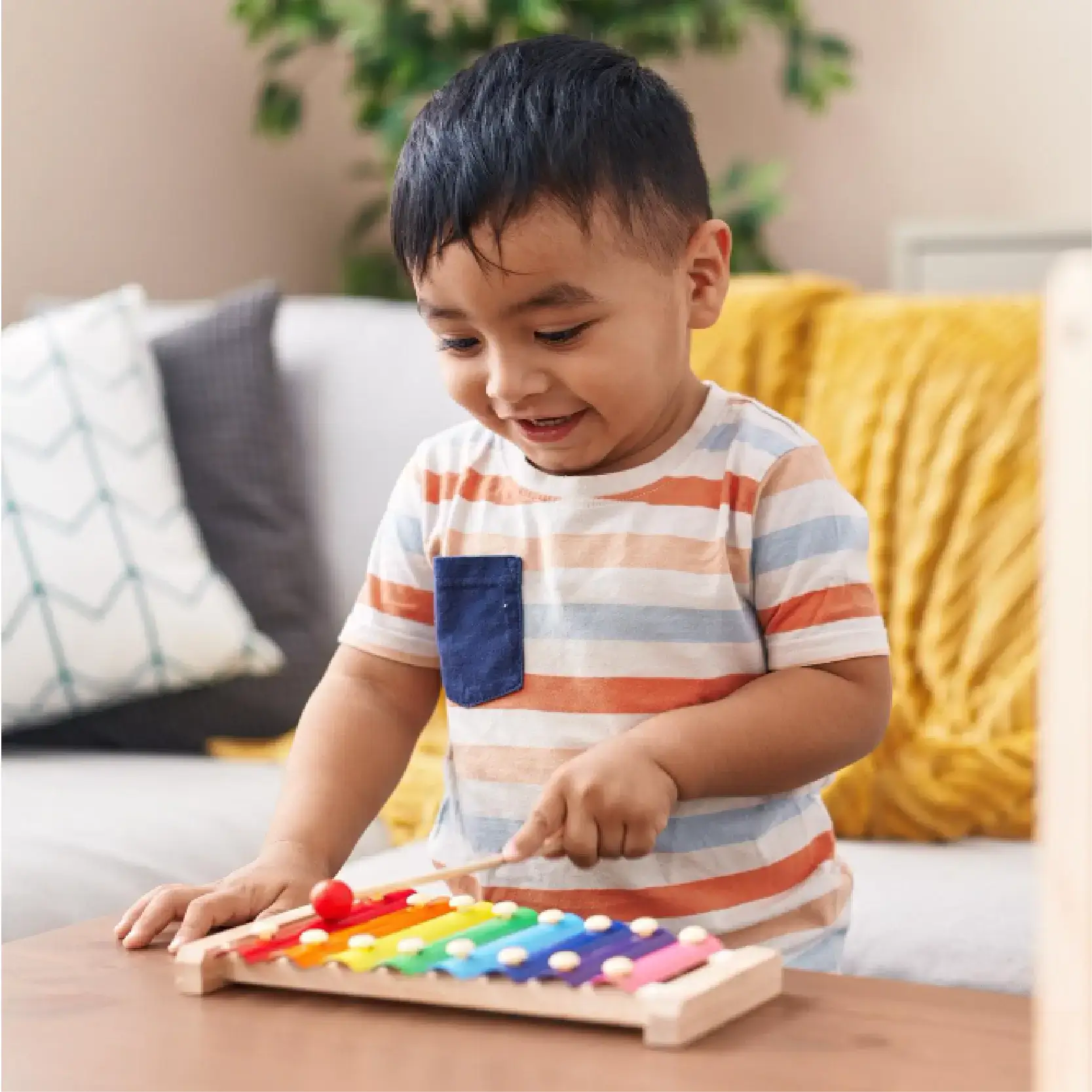When families undergo significant change due to divorce, separation, or care proceedings, the focus often rests understandably on the rights and welfare of parents and their children. However, the role that siblings play in each other’s lives can be just as critical. Losing contact with a brother or sister can have profound emotional consequences on a child’s development and well-being. In family law cases in England & Wales, the rights of siblings are not as clearly defined or protected as those of parents, but this does not mean that they are without legal consideration. The family courts are slowly recognising the importance of sibling relationships, yet this is still an evolving area of jurisprudence that invites further navigation and refinement.
The Vital Role of Sibling Relationships
From infancy through to adulthood, the bond between siblings can form one of the most enduring and influential relationships in a person’s life. This connection can provide emotional support, continuity, and a sense of identity. In times of family breakdown, such as divorce or state intervention in the family, the disruption of these ties may produce a deep psychological burden for a child. Social work research widely acknowledges the value of preserving sibling connections, especially where they serve a protective or stabilising function.
For children who are placed in care, maintaining a relationship with their siblings can provide a critical feeling of familiarity in an environment that often involves significant upheaval. Therefore, the legal system in England & Wales ought to have mechanisms to preserve and safeguard such relationships. While there is no statutory right granting siblings automatic contact with one another, courts do possess broad powers and duties to consider a child’s welfare holistically, which encompasses their relationships with brothers or sisters.
The Paramountcy Principle and Sibling Links
At the heart of family law proceedings concerning children is the “paramountcy principle” as set out in section 1 of the Children Act 1989. This principle states that the child’s welfare shall be the court’s paramount consideration. Although the Act does not establish sibling contact as a right, it does require the court to consider the wishes and feelings of the child (in light of their age and understanding), relationships the child has with relatives, and the likely effect on the child of any change in circumstances.
Sibling relationships, therefore, are implicitly acknowledged under these considerations. When determining what will best serve a child’s welfare, the court may take the view that maintaining a connection with siblings is essential. Nonetheless, the court’s primary concern will always be the welfare of each individual child, not the emotional needs of the siblings as a collective unit.
Who Can Apply to the Court for Contact?
Under the Children Act 1989, only those with parental responsibility or who are named as having residence or shared arrangements in a child arrangements order can typically make an application without permission. However, siblings—unless they are adults with parental responsibility for a younger sibling—do not fall automatically into this category. They must first apply for leave (permission) from the court in order to bring proceedings under section 8, such as for a child arrangements order for contact.
In practice, this means that a sister wishing to maintain contact with her brother after being placed in separate foster care must first convince the court that it is in her brother’s best interest for her to make the application. The court will take into account the nature of their existing relationship, the potential impact of continued contact, and the likelihood that such contact would promote the welfare of the child.
Obtaining leave to apply is not an insurmountable hurdle, particularly where siblings have a close bond or shared foster history. Still, it introduces an additional barrier not imposed on parents and can be discouraging for siblings who are minors themselves and lack legal or financial support to pursue such steps.
Separated Siblings in Care
In care proceedings under Part IV of the Children Act 1989, local authorities play a central role in making arrangements for children taken into care. In some cases, it is not possible to place siblings together due to resource constraints, assessed risk, or compatibility issues. Even when placed separately, government guidance emphasises the need to encourage and facilitate contact between siblings, provided it is in their respective best interests.
The Children Act 1989 guidance and regulations, Volume 2: Care Planning, Placement and Case Review, makes it clear that local authorities should take all reasonable steps to enable siblings to live together when they are looked after. Where this is not achievable, contact should be promoted whenever it supports the child’s welfare and ongoing familial bonds.
Foster carers and social workers are expected to arrange and supervise contact between separated siblings. However, in practice, these ideals are not always achieved due to overstretched resources, logistical challenges, or differing views about what constitutes a child’s best interests. This has led to inconsistent application across regions, much to the detriment of the children involved.
Children’s Views and Legal Representation
The voice of the child is a vital component of modern family proceedings. Through the Cafcass officer (Children and Family Court Advisory and Support Service), children involved in court proceedings can have their views independently assessed and relayed to the court.
Older children, particularly those over the age of 10, may be capable of forming considered views about their relationships with siblings. The court will generally put more weight on the wishes and feelings of older children where these are expressed consistently and align with their welfare.
In more complex cases, children may be made parties to the proceedings in their own right and have a children’s guardian appointed to represent their interests. This kind of arrangement can be especially helpful in cases involving multiple siblings, where the interests of one child might diverge from the others.
While there is no express right for children to be legally represented in every case, the courts are mindful of the child’s rights under Article 8 of the European Convention on Human Rights (the right to respect for private and family life), and Article 12 of the United Nations Convention on the Rights of the Child, which affirms the child’s right to be heard in legal processes affecting them.
Adoption and the Future of Sibling Contact
Perhaps one of the most challenging aspects of sibling rights lies in scenarios where one or more children are subject to adoption orders. The making of an adoption order severs legal ties between the child and their biological family, including siblings. Once the order is made, maintaining contact with birth siblings becomes a matter of discretion, not legal entitlement.
Historically, the focus during adoption proceedings was to secure a permanent and stable family environment for the child, with contact taking a secondary role. However, modern practice and guidance from the courts are increasingly open to maintaining post-adoption contact with siblings, where such contact is considered likely to maintain the child’s emotional security and cultural identity.
Decisions about post-adoption contact are made under section 26 and section 51 of the Adoption and Children Act 2002. While the court has power to order post-adoption contact, applications for such contact are rare and generally hard to win unless exceptionally strong evidence is presented to show that continuing a sibling relationship will actively serve the adopted child’s welfare.
As a result, many siblings are left relying on indirect contact, such as letters or photo exchanges, governed by “letterbox arrangements” managed by the adoption agency. Though this provides some connection, it often falls short of maintaining the depth and spontaneity of a genuine sibling relationship.
Reform and Improving the Voice of Siblings in Court
There have been increasing calls from family law practitioners, academics and campaigners for legislative reform to give siblings a clearer and more automatic right to remain in one another’s lives. A 2020 House of Lords report on children in care recommended measures to strengthen sibling contact rights, echoing findings by the Family Rights Group and other child advocacy bodies.
One proposal is to amend the Children Act 1989 to provide siblings with a statutory presumption of contact, placing the onus on those seeking to restrict it to justify their position based on welfare concerns. Another suggestion includes simplifying the process for siblings to apply for contact orders, possibly through the expansion of the category of people who may apply without first seeking the court’s leave.
In parallel, improved data collection and oversight on sibling contact, particularly among looked-after children, would help identify systemic barriers and prompt more consistent practices nationwide.
Balancing Rights and Practical Realities
Ultimately, courts and local authorities must balance competing interests. While some sibling relationships are deeply nurturing and essential for a child’s well-being, others may be fraught with negative dynamics or trauma. For instance, where one sibling has been abusive, or where they have different cultural or emotional needs due to time apart or different placements, contact may require careful assessment and planning.
Even in cases where contact is agreed in principle, practical issues such as geography, travel costs, contact centre availability, and the capacity of foster carers to manage logistics can hinder regular interaction. Nonetheless, logistical challenges should not be permitted to disproportionately prevent meaningful sibling contact when it is in the child’s best interest.
The Way Forward
While the legal framework in England & Wales does not currently enshrine automatic rights for siblings in the way it does for parents, emerging case law and policy development signal a growing recognition of the importance of these family bonds. The court’s overriding duty remains the welfare of the individual child, and through this lens, preserving attachment to siblings can be critical.
Improving the situation will require both legislative change and a cultural shift within social care and the judiciary, placing greater emphasis on the maintenance of sibling relationships and removing unnecessary barriers to contact. Educational initiatives for foster carers, social workers, and even judges about sibling rights could shift entrenched attitudes and build a stronger advocacy framework for children’s familial connections.
In conclusion, while the current system in England & Wales provides pathways—albeit imperfect ones—for siblings to maintain legal contact and positive relationships, much remains to be done to ensure these relationships are sufficiently protected and promoted as a matter of right, not just policy discretion. As our understanding of family structures evolves, so too must our legal approach to preserving the invaluable ties that bind siblings together.













